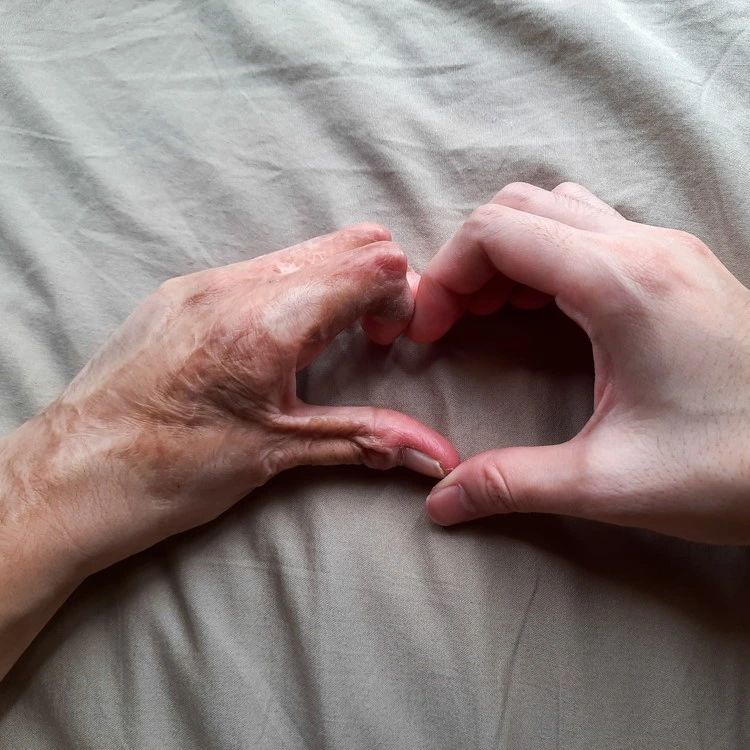The recovery process from reconstructive burn surgery begins immediately after the procedure. During this phase, the primary focus is on pain management, wound care, and preventing infection. Patients may be required to stay in the hospital for close monitoring depending on the severity of the burn and extent of the reconstruction. Dressings are frequently changed, and patients are often kept on bed rest or limited mobility to avoid stress on the surgical area. Swelling, bruising, and discomfort are normal and expected. This period is crucial for stabilizing the graft or reconstructed tissues.
Early Healing Stage (Week 2 to Week 4):
Reconstructive burn surgery in Dubai (جراحة إعادة بناء الحرق في دبي), the wounds begin to heal more visibly. Pain typically becomes manageable, and sutures, if present, are removed around this time. Patients may begin gentle physical therapy to maintain range of motion and prevent stiffness, particularly if joints are involved. Scarring begins to form, and proper wound care remains a top priority. Special compression garments or silicone sheets might be introduced to support healing and minimize scar development. Regular follow-up appointments ensure any early complications, such as infection or graft failure, are caught promptly.
Tissue Integration and Scar Maturation (Month 2 to Month 3):
Between the second and third months post-surgery, the new tissue continues to integrate with the surrounding skin. The appearance of scars may change — initially red or raised, they may start to flatten and lighten over time. Patients might experience itching, tightness, or sensitivity in the surgical area. Occupational or physical therapy becomes more structured, focusing on rebuilding strength, improving movement, and enhancing daily function. Adherence to prescribed skincare routines and scar treatments is key during this stage to support optimal cosmetic and functional outcomes.
Functional Rehabilitation (Month 3 to Month 6):
As recovery progresses into the third to sixth months, physical and occupational therapy become central components of rehabilitation. Burn survivors work on regaining normal function, mobility, and independence, especially if the burn affected joints or muscles. Some patients might return to light work or daily routines by this stage, though restrictions may still apply depending on the nature of the reconstruction. Psychosocial support becomes more important, as patients adjust emotionally to their new appearance and capabilities. Confidence-building and peer support can aid mental health during this stage.
Long-Term Recovery (Month 6 to 1 Year):
By the six-month mark, most patients begin to notice significant improvements in both appearance and function. However, complete healing and scar maturation may continue for a year or more. Long-term use of compression garments, ongoing therapy, and possible use of silicone or laser treatments for scars are often necessary. Patients are advised to protect the healing skin from sun exposure and irritation. At this point, the focus shifts toward maintaining gains achieved during earlier recovery stages and ensuring long-term sustainability of results.
Secondary Procedures and Refinement (1 Year and Beyond):
In some cases, additional surgeries may be needed to refine the results of the initial reconstruction. These secondary procedures could address functional limitations, enhance cosmetic appearance, or revise scar tissue. They are typically less extensive than the original surgery and are performed only after the skin and tissues have fully stabilized. Emotional and psychological recovery continues alongside physical healing, and many patients find new confidence in their restored appearance. Support groups and counseling can be valuable during this ongoing journey.
Adapting to a New Normal:
Ultimately, reconstructive burn surgery recovery is not just about healing the body, but also rebuilding identity and quality of life. Most individuals reach a stage where they have adapted to changes in their body and feel more comfortable in their day-to-day activities. While some scars may remain, the return to normal function, social reintegration, and personal growth are vital milestones. Continued attention to skin care, regular check-ins with a healthcare provider, and self-care practices ensure that the improvements gained through surgery are maintained over the long term.
Conclusion:
Recovery from Reconstructive burn surgery in Dubai (جراحة إعادة بناء الحرق) is a gradual and multifaceted journey that extends well beyond the operating room. It involves physical healing, emotional resilience, and a commitment to rehabilitation over months or even years. Each phase of recovery plays a critical role in restoring not only function but also confidence and quality of life. While challenges such as scarring and mobility limitations may arise, consistent care, therapy, and a supportive environment can significantly enhance outcomes. With patience and perseverance, many burn survivors regain independence and embrace a renewed sense of self.





Comments